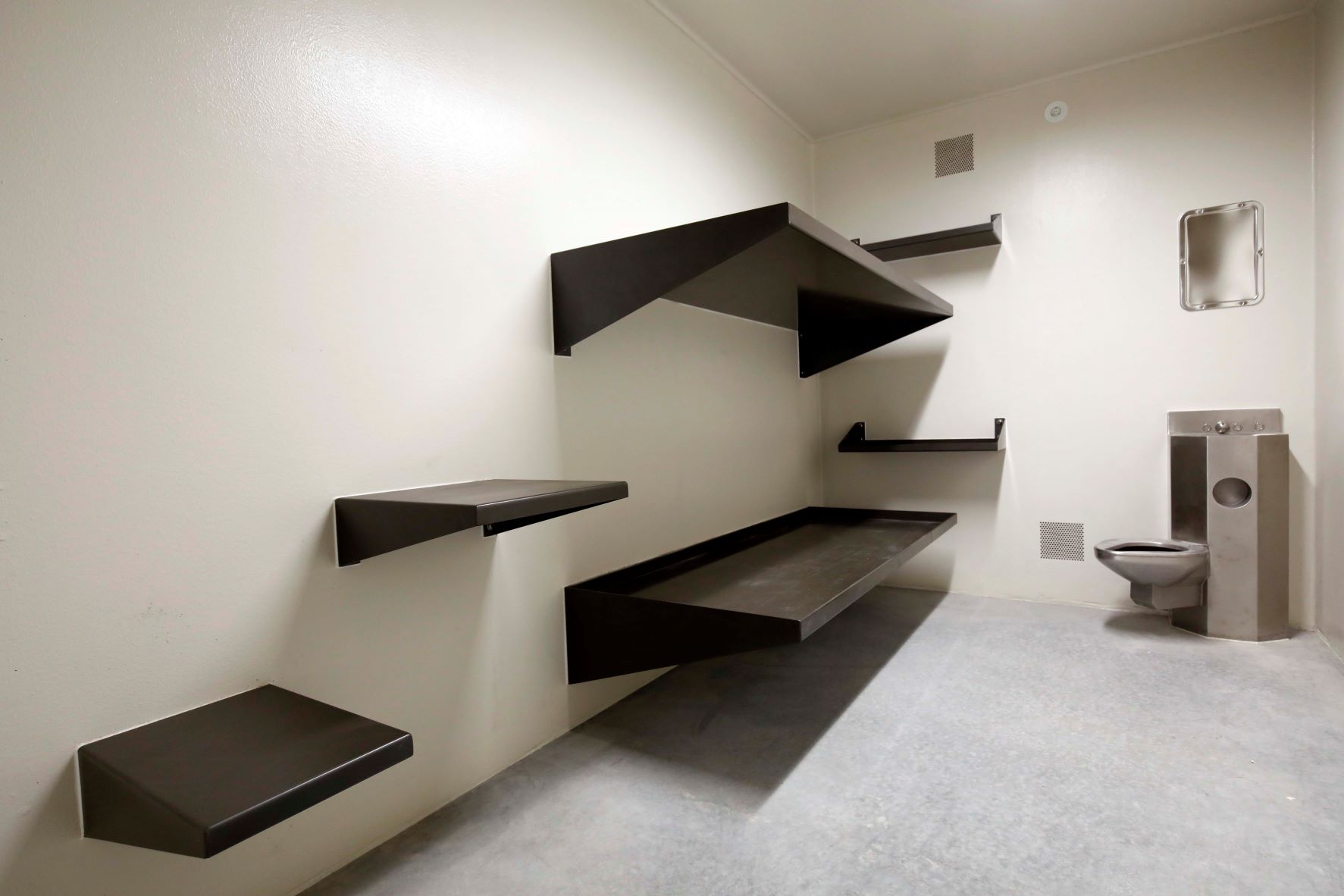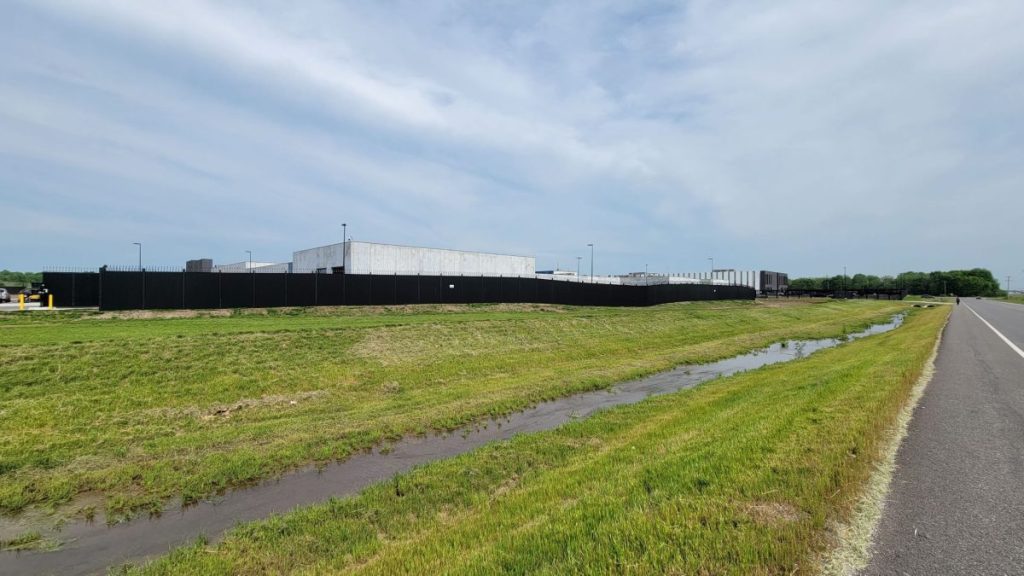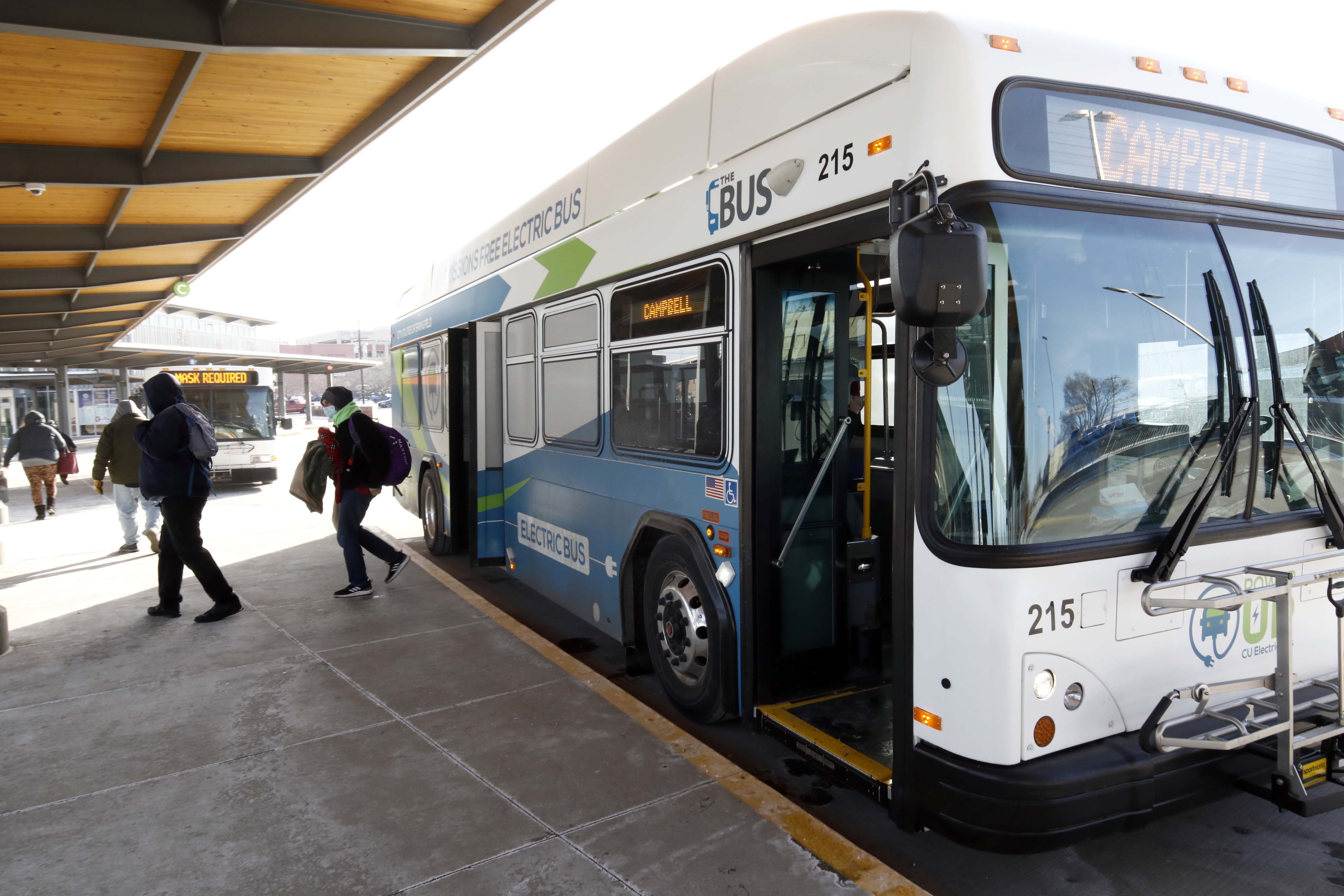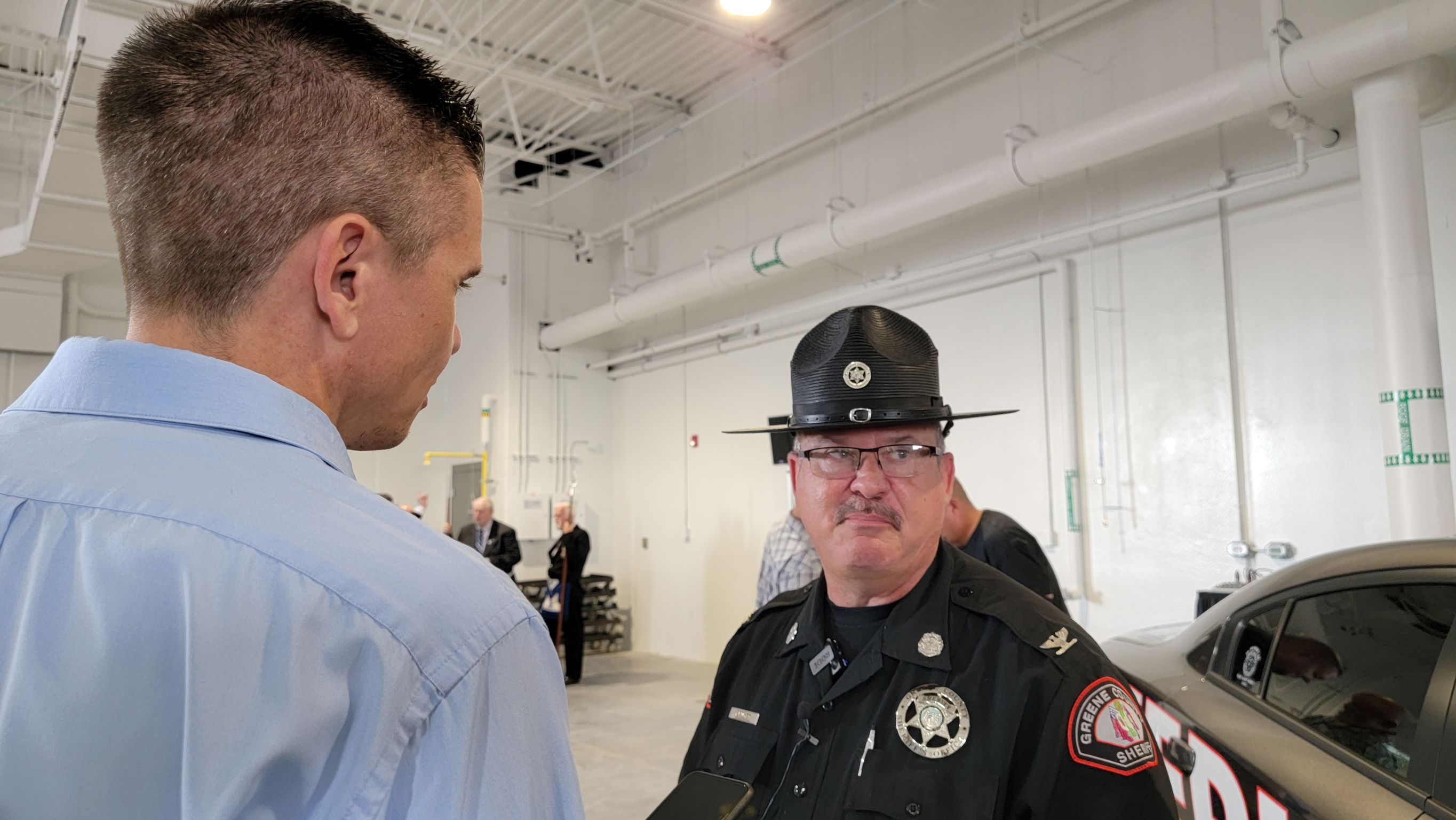OPINION |
On the very first night inmates slept in the new $150 million Greene County Jail on West Division Street, built to address overcrowding, six men slept in a cell designed for four, according to an inmate released June 27.
The men took turns sleeping on the floor of the cell on two mats, Anthony Barbosa, 34, told me last week.
In addition, Barbosa says, for reasons he does not know, jail officials allowed only three flushes per hour on the toilet the six men shared, which meant not only urine but solid waste would remain in the toilet long enough to create a stench.
“That was really like de-humanizing,” he says.

The reason the new jail is overcrowded is because part of its 325,000 square feet is not being used due to staffing shortages, says Deputy Paige Rippee, spokeswoman for the Greene County Sheriff's Office.
After I spoke to Barbosa, I sent her a list of questions regarding the jail on Friday.
She replied Wednesday, after conferring with Major Royce Denny at the jail.
“We currently have 75 detention officer positions available along with several others,” she wrote.
For months prior to the jail's opening, Sheriff Jim Arnott had been trying to hire more staff in anticipation of the move.
I toured the new jail before it opened and wrote about it in March.
In that story, I included the fact that jail officials control the number of flushes and water use in cells. According to jail officials, inmates have been known to vandalize toilets and sinks, and deliberately cause flooding.
I asked: Why were the six men in the cell Barbosa was in only allowed three flushes per hour?
“That is the jail design,” she responded.
I asked her to elaborate because I was unclear if that meant jail officials could not adjust the number of flushes per hour.
She replied: “We actually updated this to six flushes per hour a few weeks ago.”
Released inmate says some jail policies puzzled him

Barbosa spent several weeks in the old jail, on Boonville Avenue, near the courthouse.
He had pleaded guilty Feb. 1 to a misdemeanor charge of sexual misconduct in the first degree and was given a suspended execution of sentence, meaning he would not have to serve time in jail. But his probation was revoked, and he was sent to the county jail.
He spent several weeks in the old jail and then about three weeks in the new jail.
He was one of several hundred men and women who moved over the weekend of June 4-5.
Barbosa does not know how widespread the overcrowding is at the new jail. All he knows is that he was one of six men in a cell with four built-in metal beds.
Other things he observed in the new jail puzzled him. Perhaps, he says, jail officials do not realize how some policies seem needlessly punitive.
For example, he says, he was released early on short notice and had to walk two miles to a service station at West Division Street and West Bypass Highway 160. A customer there allowed him to use her phone to call his wife, who then came and picked him up.
The new jail is in a rural area, not far from the Springfield-Branson National Airport. It is six miles west of where the former jail was on Boonville Avenue.

Released inmates now often can be seen walking along Division Street, also called Highway EE, toward the city. It can be treacherous because only in a few places does the road have shoulders.
For his own safety, Barbosa says, he walked toward traffic
“The drivers were kind. People were moving over for me. But in the snow, it is going to be a pain.”
Barbosa had a cell phone and cash when he was arrested and sent to jail. But cell phones and cash are taken from inmates and stored until their release.
Barbosa says he is like most inmates in that by the time his cell phone was returned to him it was not working because it needed a charge.
In addition, he says, while in jail he had not paid his monthly cell phone bill.
Barbosa says he tried to use a landline in the lobby area of the jail to call his wife. The phone did not work, he tells me.
He is not sure if the phone failed for technical reasons or if it just happened to be temporarily disabled during one of the regular lockdowns in the jail when staff take a head count.
I asked Rippee if there is a phone in the lobby available to released inmates and, if so, had there been problems using it.
“It has been working since the move,” she wrote in response.
Without cash, those released can't ride bus

Another hardship, Barbosa says, is that inmates are not given their money back in cash but on a personal debit card.
That is accurate, Rippee said. “We have been issuing Numi cards since 2014.”
No city bus line extends all the way out to the jail, but there is one about a half-mile away that stops on the north side of Division at North Alliance Avenue, according to Joel Alexander, City Utilities spokesman.
It is Bus Line No. 35 and runs from 7:08 a.m. to 5:08 p.m. on weekdays.
But city bus drivers do not accept any type of debit or credit card.
Alexander said in an email: “While there has been some discussion of extending that route to the jail, the limited times the bus is in that area and the need to stay on time for the remainder of the route are a couple of the factors that need to be looked at before a decision is made.
“The debit cards aren’t used on the bus, but they can be used with the Token Transit app. At one time, we were under the impression that the jail provided a transit pass if needed.”
I don't know what the Token Transit app is, but it can't be of much use to a released inmate without a working cell phone.

I know Sheriff Arnott well enough to predict his response to inmate complaints. He often has said that the county jail is not meant to be an enjoyable experience and perhaps the time in jail can serve as a motive to not re-offend.
But in my view, part of doing your time should not include having to smell excrement sitting in the bowl because too many inmates are in a cell because the county was unable to hire enough staff.
And it should not have to include a two-mile walk to a gas station on a day like today, near or at 100 degrees, or a day when there is snow and ice on the road.
How difficult can it be, sheriff — and City Utilities — to extend that bus line just a bit and for the county to provide just that one bus pass for those leaving confinement?
The current situation is not a good one. The solution seems well within reach.
This is Pokin Around column No. 50.

